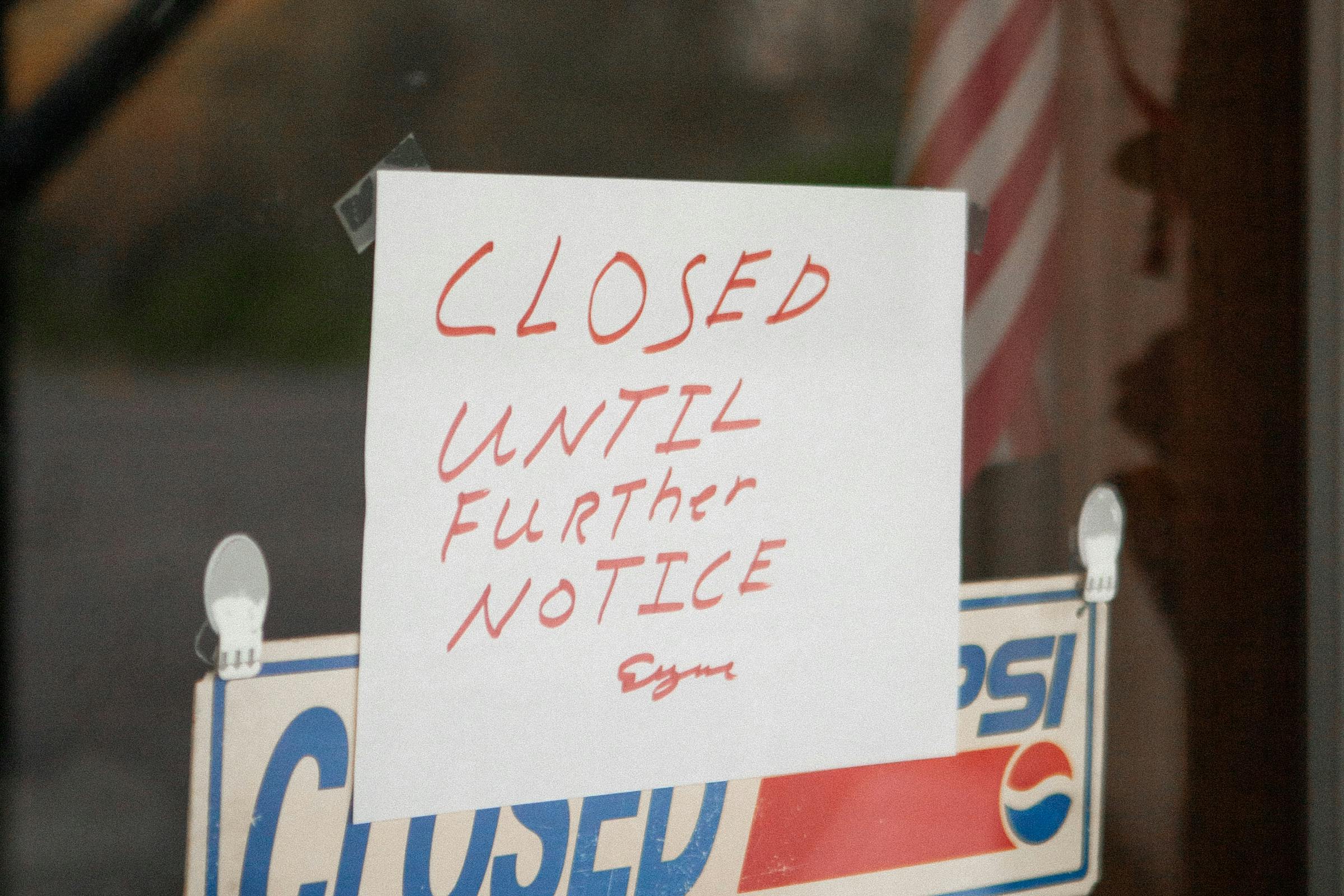For Best Results, Start the Process Early
The same reasons you want the H-1B are why hundreds of thousands of other people are also applying. However, there’s an annual limit on how many H-1B petitions are approved. Most of these are chosen via a lottery system.
To ensure you are on track to enter the lottery on time, your employer should begin petitioning at least six months before your work date is scheduled to start. During that time, USCIS will review your petition, request more information, or approve or reject it outright.
When demand is high, it can take more than six months for USCIS to adjudicate an H-1B petition. If you’re not willing to risk this delay, your employer can pay the $2,500 premium processing fee.
This extra fee guarantees that your petition will be reviewed within 15 calendar days of filing the I-129. By the end of those 15 days, you’ll receive a response for a Request for Evidence (RFE), approval, or rejection.
The Overall Process and Timeline
The first step in a regular H-1B application without premium processing is to receive a receipt number from USCIS for your application. After your employer files to begin the process of getting you an H-1B visa, USCIS sends a receipt notice (Form I-797).
This typically occurs within two weeks of receipt of the I-129. The receipt notice includes you as the beneficiary, as well as your employer (the petitioner) and the Service Center holding the petition. Any attorney information, if applicable, will also be on this form. Review the details to ensure everything is correct, as even a misspelled name or address could delay your case later.
Next, look at the case receipt number in the top left-hand corner. This number will be vital to your application when you want to check on the status through USCIS Case Status Online.
Monitoring Your Case Progression
There are multiple USCIS offices, and you can only monitor your case at the one who holds your paperwork. This is on the receipt notice Form I-797.
Go to the processing times web page given to you on that receipt. Then, select I-129, Form Category H-1B. Choose the Service Center that is handling your application from the dropdown menu.
The first three letters of the receipt on Form I-797 indicate your service center. In 2022, these centers include Vermont, California, and Texas. The center that serves the region where your employer’s home office is housed will likely handle your petition. If the first three letters of your case number are WAC, you’re dealing with the California Service Center. SRC is for Texas’s center, and EAC is for Vermont’s.
Once you choose the right service center, you can click "Get Processing Time." This gives you the average time it's taking USCIS to review most petitions. You most likely can't ask for specific details until your case exceeds this time range.
What to Do When You’re Concerned About Time
If the average case time is around the corner, and your petition status hasn’t moved, you’re understandably getting antsy. Keep in mind that the processing times are a guesstimate, not set in stone. It’s sourced from recent data and can change.
As soon as the processing time given on the site has elapsed, your employer can contact USCIS and place a service request. There’s a link on the processing times page, or they can call 800-375-5283. Once the service request is placed, you’ll get a confirmation number from USCIS with a new estimated processing time. Most likely, this will be another one or two months.
However, if you or your employer paid the extra to have your petition go through expedited premium processing, the time frame is significantly reduced. If you haven’t heard a response within 15 days, the employer can contact USCIS. There may have been an RFE that was missed.
When demand is overly high, USCIS may miss the 15-day turnaround. If that happens, they will refund the premium processing fee and still expedite your petition accordingly through the premium processing steps.
How Annual Limits Affect Your Timeframe
Applicants with petitions that fall under capped H-1B visas must consider this limitation when they file. USCIS allows you to begin filing cap petitions six months before the fiscal year begins — October 1. This date is the earliest that any H-1B cap workers can receive their valid status and begin working.
Because there’s a lottery for cap petition approval, employers must submit their petition for pre-registration online. USCIS announces the time for this submission. Traditionally, it has been in March.
During this pre-registration, there is a $10 filing fee per case. Once online registrations exceed 85,000 applicants, USCIS conducts a random lottery to choose those who will advance in the petition approval process.
If your pre-registration application is chosen, USCIS provides your employer with a filing window in which they must submit their prepared petitions. The processing time from there varies depending on whether the paperwork is completed correctly or rejected for more evidence.
What’s Next?
Filing for an H-1B visa is a complex process full of essential paperwork and documentation. You and your employer must work together to remain organized and pay attention to deadlines. However, it can be confusing if you've never done this before. That's why many people hire Visa2US to help them complete the process.
Our experts at Visa2US know the process and the government's expectations. We’ll guide you as you file each step of your petition, minimizing setbacks and delays and maximizing your petition’s chance of approval the first time around.














